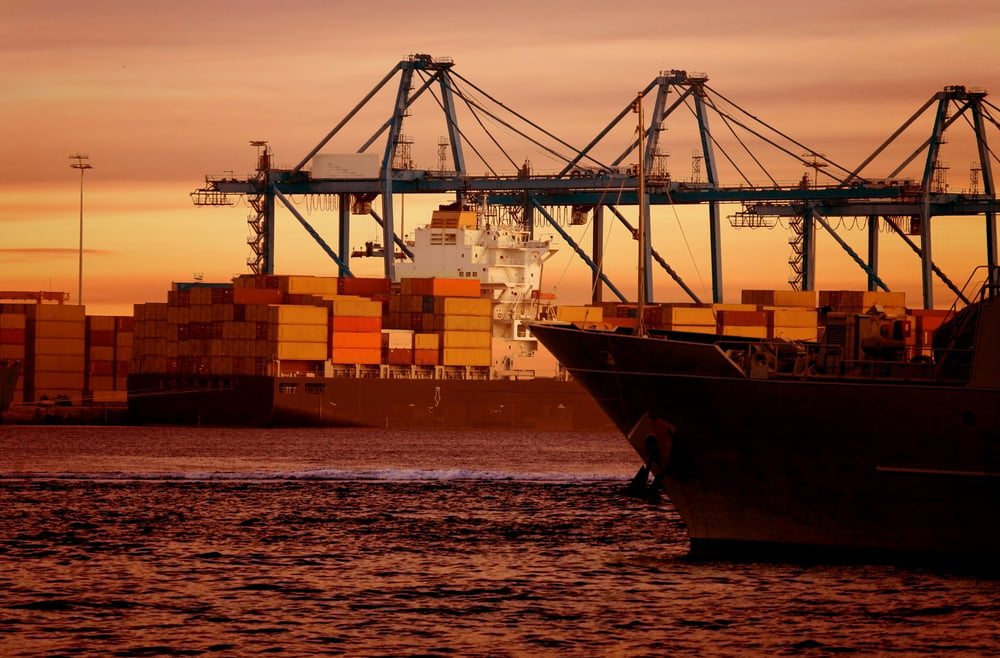KEY POINTS
-
New U.S. tariffs (from 10 to over 15%) on imports take effect on August 7. These tariffs are expected to impact construction materials costs, especially from the EU and China.
-
Project budgets are at risk as higher tariffs affect post-October 5, 2025, shipments, suggesting firms should review contracts and sourcing and ensure trade compliance.
-
Manufacturers and contractors who monitor data on prices, demand shifts, and supply chains may be able to manage costs better and stay competitive amid evolving trade policies.
Just hours before his August 1 deadline, President Trump issued a new executive order on July 31, 2025, that could affect the import and pricing of construction materials, equipment, and products in the US through higher and more targeted tariffs.
The sweeping new round of tariffs includes a 10% global minimum and additional duties of 15% or more targeting countries with trade surpluses with the United States. According to the executive order, most new tariffs are set to take effect shortly after midnight on August 7.
For US construction professionals, yesterday’s executive order may impact supply chains, costs, and procurement in several ways.
What’s Expected to Change
The Executive Order expands or modifies tariffs, which include:
-
Key trading partners without adequate trade or security concessions remain subject to stiff tariffs.
-
Changes to the Harmonized Tariff Schedule (HTSUS) implement the new rates and aim to make tariffs more reciprocal, thus aligning them with the duties that U.S. exporters encounter in foreign markets.
-
For the EU, products with a current US tariff under 15% will now see their total tariff raised to 15%.
-
All other countries not listed in the executive order will soon face a new 10% tariff on their goods.
-
If US Customs determines a product has been transshipped (routed through a third country to avoid tariffs), a 40% penalty tariff applies, in addition to fines and other duties.
Although these changes are expected to have wide-ranging effects, examining their practical impact on the construction industry allows for a more focused and actionable analysis.
Expected Impact on the Construction Sector
1. Imported Materials and Equipment Likely to Experience Rising Costs
Nearly all imported construction materials, equipment, and fixtures, particularly those sourced from China, the European Union, and other major exporting countries, are likely to become more expensive due to the new tariffs.
2. Ongoing Projects May Be Shielded, But Future Shipments Face Higher Costs
Construction projects already underway may be shielded in part, at least, from the higher tariffs if the materials and equipment are already in transit and arrive in the United States before October 5, 2025 (the date set in the executive order). However, project budgets will likely be affected by increased import costs for shipments arriving after that date.
3. Trade Compliance to Undergo More Scrutiny
US Customs and the Department of Commerce are expected to intensify enforcement measures, including publishing lists of countries and facilities identified in duty circumvention schemes (those involved in transshipments to avoid tariffs). Therefore, construction firms and material suppliers should consider improving due diligence in their sourcing and procurement processes to ensure compliance and avoid possible financial penalties.
4. Trade Negotiations Ongoing and May Affect Tariff Policy
The US government is actively negotiating with select trading partners, which could result in future modifications to the tariff structure if trade agreements are reached. Construction firms should stay informed, as these changes could impact long-term sourcing strategies.
5. China Tariff Policies Unchanged for Now
In line with prior executive orders, there are no immediate changes to existing or parallel tariffs on Chinese imports. These tariffs remain in effect and are not subject to current negotiations, signaling continued trade friction in this supply channel.
Monitoring the Tariff Impact of Construction Materials
Tariffs can be complicated and messy when calculating the precise impact on the cost of acquiring imported materials. But a few steps can be taken to monitor the potential price variations of tariffs on construction materials:
-
Check with suppliers to determine if critical imported materials or products are now subject to higher tariffs.
-
Communicate with suppliers about in-transit shipments and delivery schedules.
-
Review contracts for cost escalation clauses and discuss with clients the potential price increases related to the order.
-
Verify supply chain compliance to avoid transshipment penalties.
Considerations for Building Product Manufacturers
As the effects of tariffs continue to unfold in the second half of 2025, building product manufacturers that are best positioned to protect operating margins and control costs will be those with clear visibility into critical data, such as shifts in contractor preferences, alternative product adoption, average order sizes, and pricing dynamics.
But access alone is not enough. Manufacturers who commit resources to deeply analyzing this data and turning insights into strategic actions may find it a worthwhile effort. Whether in product development, pricing, or channel alignment, those firms will be positioned to make better decisions than competitors who fail to move beyond surface-level understanding.
Already Seeing Some Tariff Impact
The construction industry has already seen some impact of tariffs. ConstructConnect Chief Economist Michael Guckes wrote in July, “In the YTD period through May, steel mill product and copper product prices increased by 17.8% and 7.0% according to the Bureau of Labor Statistics. The Bureau’s composite index of construction material prices over the same period has risen by 5.8%, after being slightly negative throughout most of 2024.”
Guckes added, “In the second half of 2025, we expect the impact of U.S. tariffs to become more apparent in construction-related import prices and overall costs, especially for those building materials with high metal content.”
Full Impact of Tariffs Evolving
While President Trump’s executive order reduces some of the unknowns around tariffs, significant uncertainty still lingers. In the coming weeks, the administration is expected to announce additional tariffs targeting key sectors such as pharmaceuticals, semiconductors, critical minerals, and other vital industrial imports.
Meanwhile, US courts continue to evaluate the legality of the reciprocal tariffs, adding an additional layer of unpredictability to the trade environment.
Construction professionals should continue to monitor tariff-related developments closely, as rates and affected countries may change quickly based on continued trade negotiations and actions.
About ConstructConnect
At ConstructConnect, our software solutions provide the information construction professionals need to start every project on a solid foundation. For more than 100 years, our insights and market intelligence have empowered commercial firms, manufacturers, trade contractors, and architects to make data-driven decisions and maximize productivity.
ConstructConnect is a business unit of Roper Technologies (Nasdaq: ROP), part of the Nasdaq 100, S&P 500, and Fortune 1000.
For more information, visit constructconnect.com








